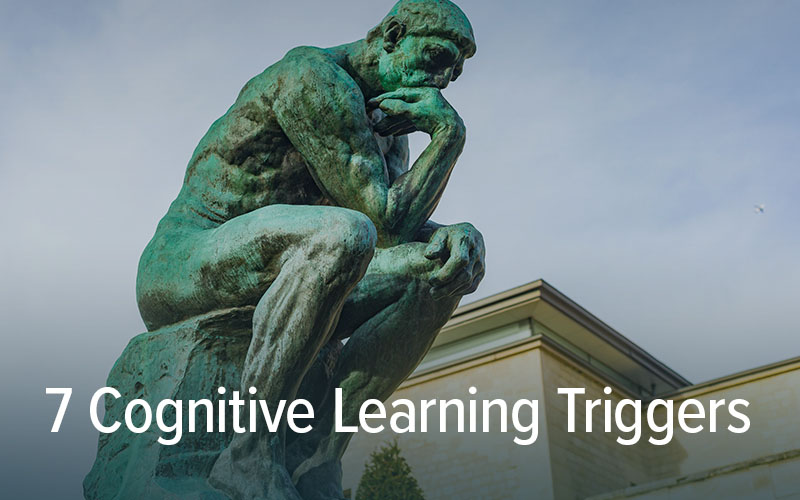
Correspondence to reality is a phrase that philosophers have long used to describe the goal of humanity’s quest for a description of nature. No undertaking yet devised gets closer to reality than the methods of science. Nevertheless, many people don’t believe that science can contribute all that much to the important questions of existence. Questions like: What is a conscious human being? How can we be capable of speaking, thinking, loving, hating, and of creating the extraordinary and beautiful works of civilization. How can we then go to war and destroy the same? What is the source of the myriad drives and contradictions that exist in human society and within its building blocks—the individuals that organize it? Science, not philosophy, is now making progress towards answering those kinds of questions.
Before we turn to learning and memory, let’s first consider the larger notion of individual self-hood within the realms of psychology and neuroscience. After all, the self is formed through a combination of genetics, experience, and memory. Therefore, a framework on which to hang ideas about the most effective ways to learn is necessary before we can truly understand how learning takes place.
To that end, an idea with an ancient pedigree is returning to center stage and proclaiming a way forward. It is the idea that three components of self form a canvas large enough to paint a complete portrait of any and every individual. While a true likeness of any self will contain millions of daubs of paint and trillions of possible color combinations, we can conceive three areas of canvas that will hold the material—three psychological domains that are capable of making sense of such a grandiose claim. They are cognition, emotion, and motivation. These three pillars of selfhood fully describe who we are psychologically and what we have learned through the patterns of neurons that form the physical circuitry of the brain.







